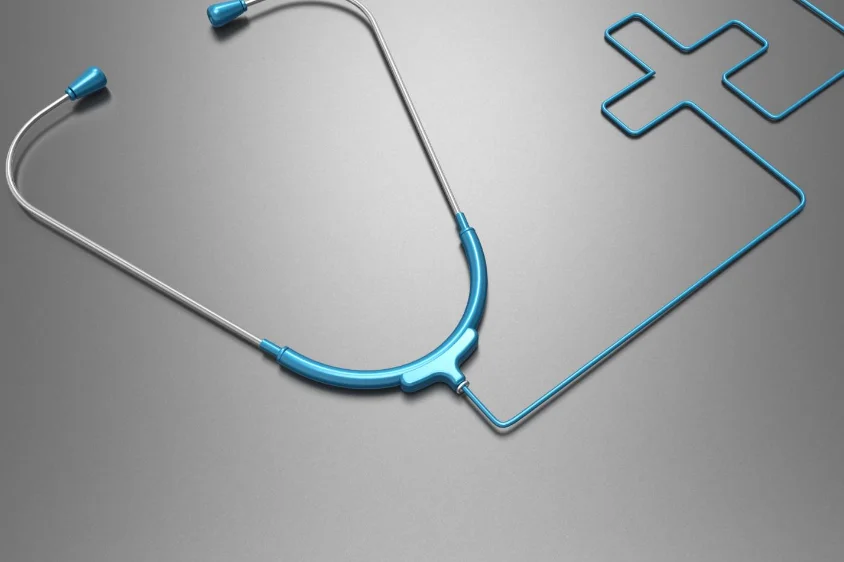DiseaseFix’s every article is examined by board-certified medical professionals to ensure that details on conditions, symptoms, treatments, and protocols comply with current guidelines and recent research. Our content is also written, verified, and approved by a team of experienced writers, editors, clinicians, and other experts.
Know Your Rights: Legal Protections for Consumers Facing Product-Related Illnesses Later in Life
- Updated on: Apr 2, 2024
- 3 min Read

In an era where product consumption is an integral part of daily life, the potential for long-term health impacts resulting from the use of certain products cannot be ignored. From exposure to harmful chemicals to the use of defective medical devices, individuals may unknowingly subject themselves to health risks that manifest years or even decades later. In this article, we will explore the legal landscape surrounding product-related illnesses later in life and how consumers can assert their rights and seek recourse for their suffering.

Understanding Latent Injuries and Product Liability
Latent injuries refer to health problems that develop over an extended period, often long after the initial exposure to a harmful substance or product. These injuries can range from chronic illnesses to debilitating conditions that significantly impact an individual’s quality of life. Examples of latent injuries include lung cancer from asbestos exposure, neurological disorders from exposure to certain pesticides, and reproductive health issues from exposure to toxic chemicals.
Product liability laws hold manufacturers, distributors, and sellers responsible for ensuring that their products are safe for consumer use. When a product causes harm due to defects or hazards, injured individuals have the right to pursue compensation through product liability claims. However, the complexities of latent injuries pose unique challenges in these cases, as the connection between the product and the resulting illness may not be immediately apparent.
The Discovery Rule and Statutes of Limitations
The discovery rule is one legal doctrine that becomes relevant in cases of latent injuries. The discovery rule extends the statute of limitations for filing a lawsuit to allow injured individuals time to discover the connection between their illness and the product or substance that caused it. In other words, the clock starts ticking from the time the injury is discovered or should have been reasonably discovered rather than from the time of the initial exposure.
The application of the discovery rule varies by jurisdiction and depends on factors such as when the injury became known or when a reasonable person would have discovered it. This doctrine is crucial for individuals facing product-related illnesses later in life, as it allows them to pursue legal action even if decades have passed since their exposure to the harmful product.
Legal Protections for Consumers
Consumers facing product-related illnesses later in life have several legal protections and avenues for seeking recourse:
Product Liability Claims: Individuals can pursue product liability claims against manufacturers, distributors, and sellers of defective or hazardous products. By demonstrating that the product was unreasonably dangerous or defective and that it caused their illness, injured individuals can seek compensation for medical expenses, lost wages, pain and suffering, and other damages.
Class Action Lawsuits: In cases where multiple individuals have suffered similar injuries from the same product, class action lawsuits may be pursued. Lawsuits like the Roundup payouts allow groups of plaintiffs to consolidate their claims into a single legal action, streamlining the litigation process and ensuring that all affected individuals have their voices heard.
Government Regulations and Recalls: Government agencies such as the Food and Drug Administration (FDA) and the Consumer Product Safety Commission (CPSC) regulate the safety of products and may issue recalls or warnings for products found to pose health risks. Consumers should stay informed of such recalls and take appropriate action to protect themselves from further harm.
Legal Representation and Advocacy: Seeking legal representation from experienced personal injury attorneys who specialize in product liability cases is crucial for navigating the complexities of these claims. Attorneys can help injured individuals understand their rights, gather evidence, negotiate with insurance companies, and advocate for fair compensation on their behalf.
Empowering Consumers to Take Action
In conclusion, consumers facing product-related illnesses later in life must understand their rights and legal options for seeking recourse. Despite the challenges posed by latent injuries and the passage of time, legal protections exist to hold accountable parties liable for their negligence and compensate injured individuals for their suffering.
By staying informed, seeking legal assistance, and advocating for their rights, consumers can assert themselves in the face of adversity and pursue justice for the harm they have endured. Remember, knowledge is power, and knowing your rights is the first step toward achieving accountability and closure in product-related illness cases.












